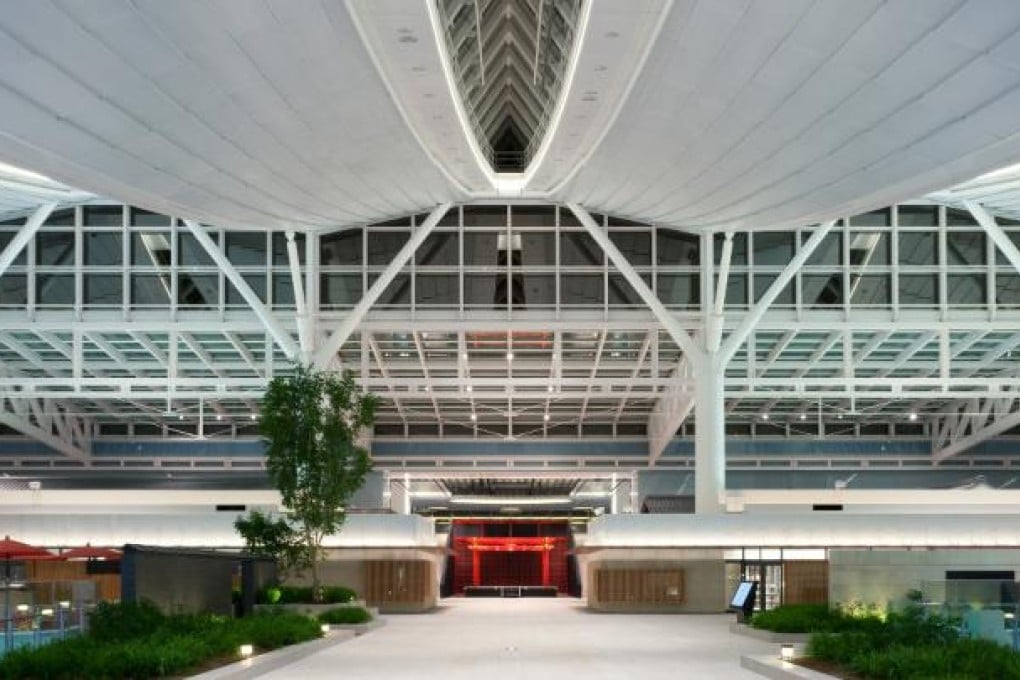Azusa Sekkei designs world's best airports
Discovery Reports

It is hard to talk about Japanese airport architecture without mentioning Azusa Sekkei. Poised to have an overwhelming share of the Japanese airport market, the full-range architectural company helped design about 70 per cent of airports in Japan.
"When you say Azusa Sekkei, it means airport must-have," says president and CEO Fumihiko Sugitani. "We can design world-leading international airports with remarkable profitability, architecture, function, energy conservation and efficiency. We understand the airport operation so well that our designs give our clients higher rental income, lower costs and smoother operations. We give them total support."
With 67 years of experience, Azusa Sekkei offers a full range of services from architectural planning and renovation to design supervision and facility management. Aside from airports and transport facilities, the company also designs and builds hospitals, schools, museums, recreational facilities, communities, manufacturing plants and government buildings. Azusa Sekkei shares its expertise in about 40 other countries worldwide through Japan's Overseas Development Assistance programme.
Universal design, sustainability and functionality are recurring themes in Azusa Sekkei's portfolio.
The Tokyo International Airport Passenger Terminal (Haneda Airport) won the Barrier-Free Promotion Award for 2011 from Japan's Ministry of Land, Infrastructure and Transport. This recognises the airport's universal design, which accommodates everyone regardless of age, language and disability. During the development stage, the company made design models and tested them on actual handicapped individuals. One feature of the airport allows visually impaired persons to acknowledge facility information by sound.
In terms of sustainability, the facility uses 30 per cent less energy and features reduced carbon emissions of only two-thirds the usual level. Japan's Comprehensive Assessment System for Building Environmental Efficiency has given the building the highest "S rank" certification.
The airport also showcases the company's serious planning on functionality. Catering mainly to business travellers, the airport was especially designed to allow the smooth flow of passengers into the facility and out into downtown Tokyo.
